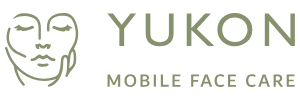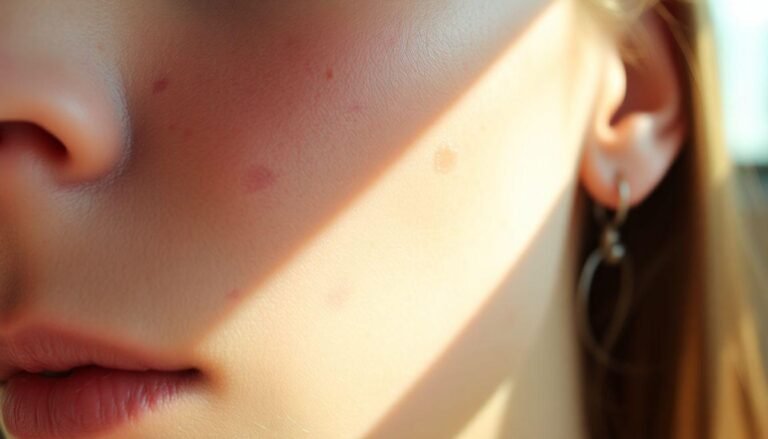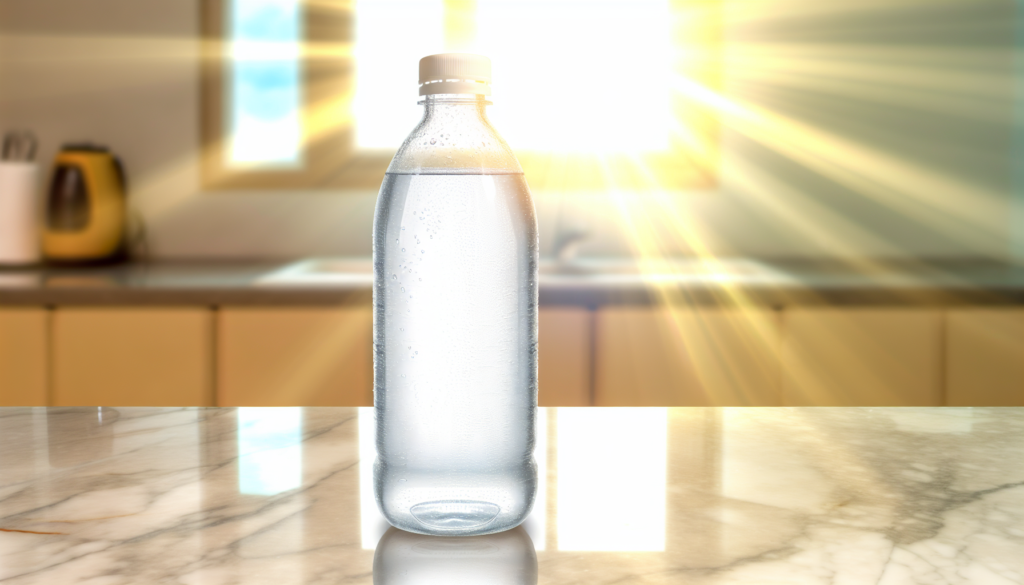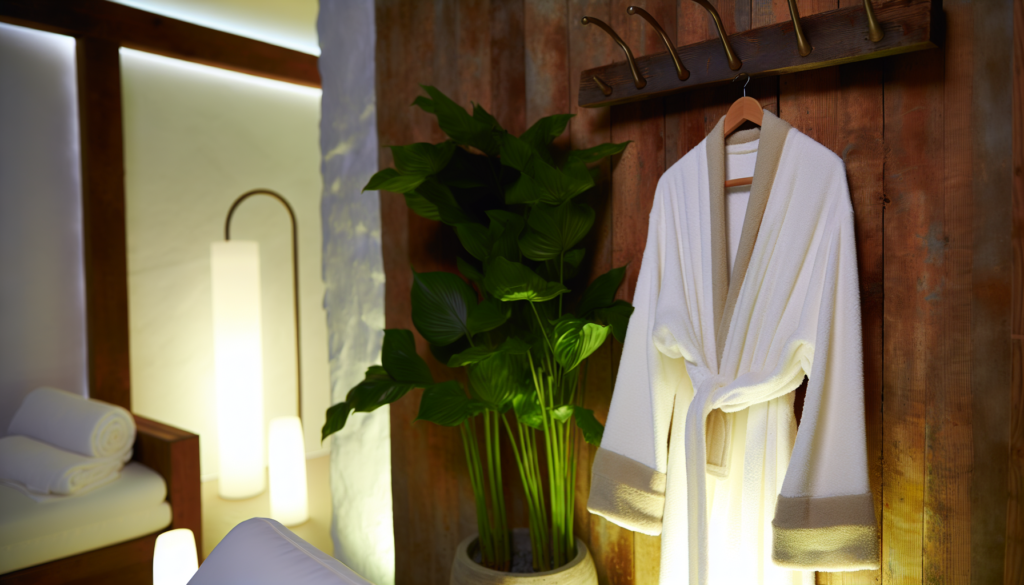Dealing with acne-prone skin can feel like an uphill battle. One day your skin seems to be clearing up, and the next, you’re facing a new breakout that appears out of nowhere. If you’ve tried countless products without success, you’re not alone. Many of us have stood in front of the bathroom mirror, feeling frustrated by unpredictable skin. The good news? A consistent, targeted skincare routine can make all the difference. This article breaks down a simple yet effective 5-step skincare routine for acne-prone skin that focuses on gentle cleansing, proper exfoliation, targeted treatment, adequate hydration, and sun protection.
Understanding Acne-Prone Skin: The Basics
Before diving into the routine, let’s understand what we’re dealing with. Acne happens when oil glands become clogged with excess sebum and dead skin cells, creating the perfect environment for bacteria to thrive. Factors like hormones, genetics, diet, and stress can trigger breakouts.
What makes acne-prone skin tricky is its paradoxical nature – it can be both oily and dehydrated simultaneously. Many people make the mistake of stripping their skin with harsh products, which actually signals the skin to produce even more oil. The key is balance, not warfare against your skin.
The 5-Step Skincare Routine
Step 1: Gentle Cleansing
The foundation of any effective skincare routine starts with proper cleansing. For acne-prone skin, cleansing twice daily is essential – once in the morning and once before bed.
Look for cleansers containing:
Avoid cleansers with harsh sulfates that strip your skin barrier. A damaged barrier leads to more breakouts, not fewer. Your cleanser should leave your skin feeling clean but not tight or squeaky – that squeaky feeling actually indicates over-cleansing.
Morning cleansing removes oils accumulated overnight, while evening cleansing clears away makeup, sunscreen, pollutants, and daily grime. If you wear makeup, consider double cleansing with an oil-based cleanser followed by your regular cleanser.
Step 2: Exfoliation
Regular exfoliation is crucial for acne-prone skin, but here’s where many people go wrong – over-exfoliating or using the wrong types of exfoliants.
Chemical exfoliants are generally better than physical scrubs for acne-prone skin because they’re less likely to cause micro-tears that can worsen inflammation. Your best options include:
For most people, exfoliating 2-3 times per week is sufficient. If you’re new to chemical exfoliants, start once weekly and gradually increase frequency. Remember: redness, stinging, or excessive dryness means you’re overdoing it.
Step 3: Targeted Treatment
This step addresses active breakouts and helps prevent future ones. After cleansing and exfoliating, apply spot treatments or all-over solutions depending on your needs.
Effective ingredients include:
Start with one active ingredient and give it at least 4-6 weeks before expecting results. Trying too many acne-fighting ingredients simultaneously can irritate your skin and worsen breakouts.
For spot treatments, apply only to active pimples. For preventative treatment, apply a thin layer across acne-prone areas. If using multiple treatments, alternate them between morning and night routines to prevent irritation.
Step 4: Hydration
Yes, even oily, acne-prone skin needs moisture! When skin is dehydrated, it compensates by producing more oil, potentially leading to more breakouts.
Look for non-comedogenic moisturizers labeled “oil-free” or “lightweight.” Gel or lotion formulations typically work better than thick creams.
Beneficial ingredients include:
Apply moisturizer while your skin is still slightly damp from cleansing or treatment steps to lock in hydration. Don’t skip this step, even if your skin feels oily – proper hydration helps regulate oil production over time.
Step 5: Sun Protection
This non-negotiable step protects your skin and prevents post-acne dark spots from worsening. Many acne treatments increase sun sensitivity, making SPF absolutely essential.
Choose a broad-spectrum SPF 30+ that’s labeled non-comedogenic. Mineral sunscreens with zinc oxide provide the added benefit of being slightly antimicrobial.
If traditional sunscreens break you out, try:
Apply sunscreen every morning as the final step in your skincare routine, and reapply every 2 hours if you’re outdoors.
Additional Tips for Success
Consistency trumps complexity. A simple routine you can maintain daily will yield better results than an elaborate 10-step process you’ll abandon after a week.
Give products time to work. Most skincare needs at least 4-6 weeks to show results, and sometimes your skin might purge (temporarily worsen) before improving.
Pay attention to what touches your face. Clean your phone regularly, change pillowcases weekly, and keep your hands away from your face.
Consider internal factors too. Stress management, adequate sleep, and proper hydration all impact skin health. Some people also find certain dietary triggers worsen their acne.
Your skincare routine for acne-prone skin should evolve as your skin changes. What works in summer might not work in winter, and what works in your 20s might need adjustment in your 30s or 40s. Listen to your skin and be willing to adapt your approach when necessary.
The journey to clear skin isn’t always straightforward, but with patience and the right skincare routine for acne-prone skin, significant improvement is possible. Remember that perfect skin doesn’t exist – even those with seemingly flawless complexions have their struggles. Be kind to yourself throughout the process, and celebrate every small victory along the way.







